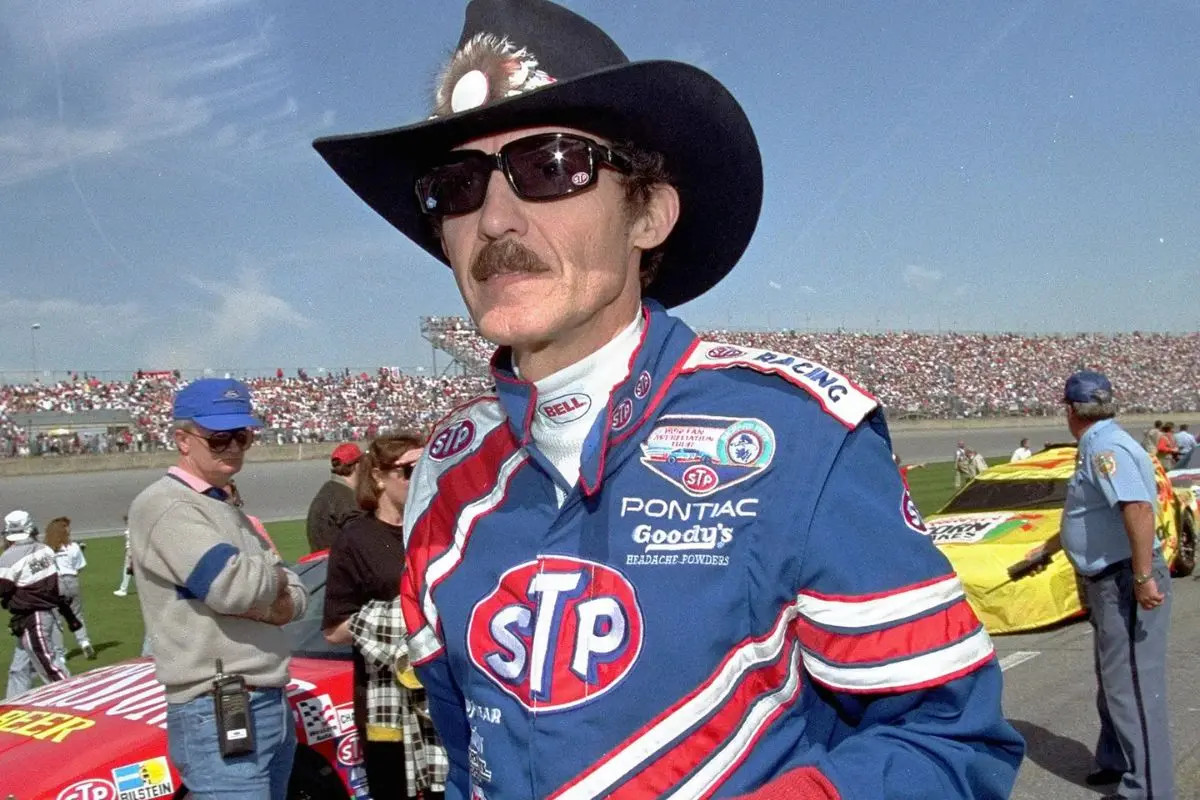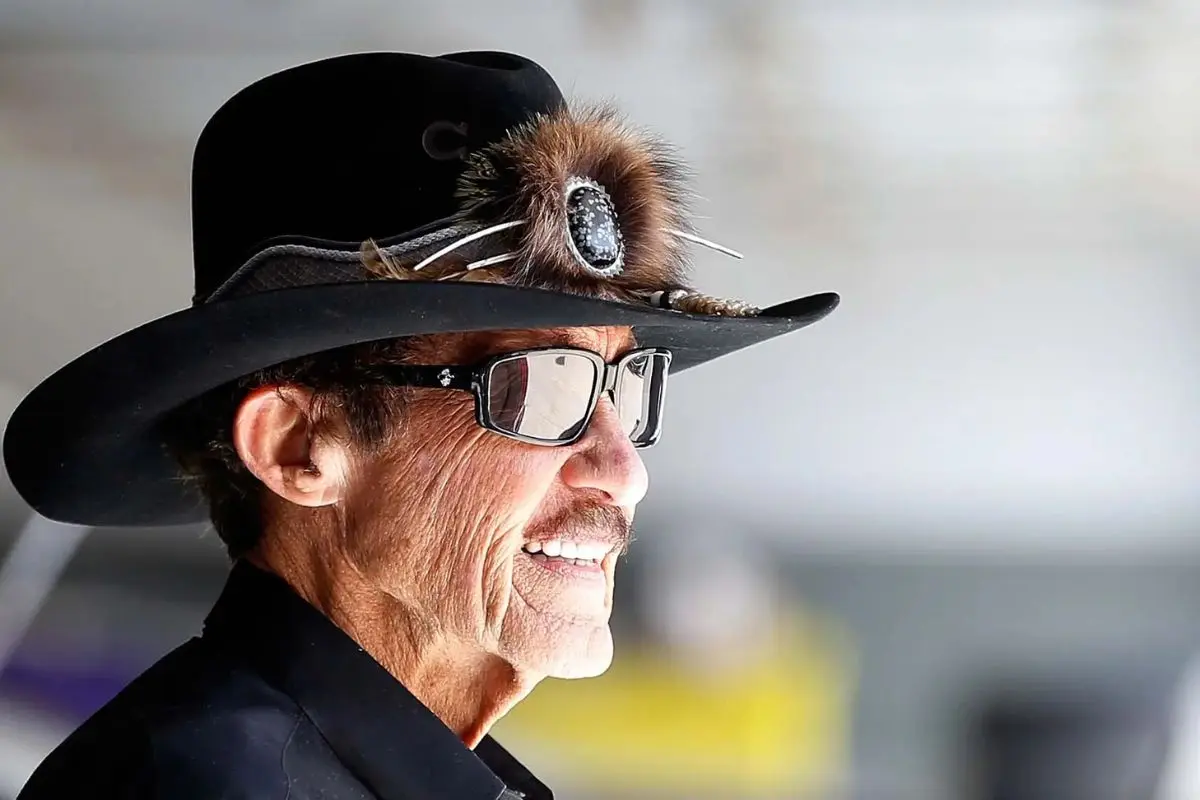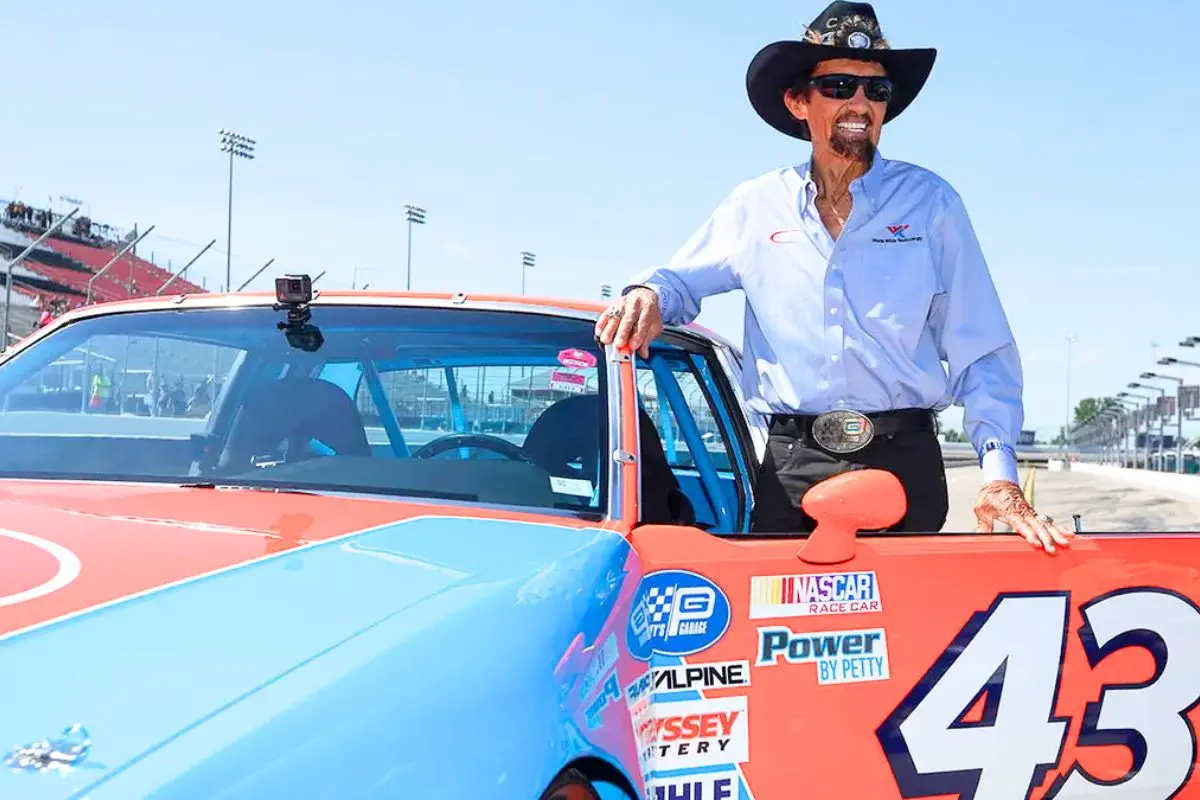In the high-octane world of NASCAR, legends are often forged in the crucible of adversity. Richard Petty, a name synonymous with racing, faced harrowing moments that tested his resolve. Near-fatal crashes and the insidious threat of carbon monoxide poisoning in the cockpit marked crucial points in his storied career. Yet, these challenges only hardened his legendary grit. As safety advancements reshape the sport, Petty’s expedition offers a poignant reflection on its perilous past.
Key Highlights
- Richard Petty faced carbon monoxide poisoning, a hidden threat impacting his performance and health.
- The poisoning was not immediately recognized, leading to a decline in Petty’s racing abilities.
- Oxygen played a critical role in Petty’s recovery after exposure during races.
- Petty’s resilience was demonstrated through recovery from both visible injuries and unseen health struggles.
- The experience prompted a push for improved safety measures in NASCAR to protect drivers.
Richard Petty’s Enduring NASCAR Legacy
In the pantheon of motorsport legends, Richard Petty’s legacy emerges as a proof of both endurance and evolution within NASCAR.
Under the Southern sun, at tracks like Daytona and Darlington, Petty’s expedition began with humble roots, evolving into a saga of victory and skill.
Amassing 200 Cup Series wins and seven championships, Petty’s career was marked by a transformation of driving into an art form.
His Cinderella story commenced at the 1960 Daytona race, where his raw talent became evident, setting the stage for an era of dominance in the late ’60s.
Petty’s unmatched success redefined the sport, setting a benchmark for future drivers and solidifying his status as “The King” in the annals of NASCAR history.

Crashes, Injuries, and Relentless Grit
Resilience defines Richard Petty’s relentless expedition through NASCAR’s perilous landscape. His 35-season career was marked by an indomitable spirit that prevailed over adversity.
Petty faced harrowing crashes, like the 1970 Rebel 400 at Darlington where his Plymouth’s violent flip led to the innovation of safety net windows. Despite suffering a fractured neck at Pocono in 1980, Petty’s resolve saw him racing again the following weekend.
His grit was forged in the crucible of danger, yet it was his ability to adapt and overcome that set him apart. While these bone-crushing incidents tested his mettle, they also fueled his quest for improvement, epitomizing the relentless drive that characterized his storied NASCAR career.
The Invisible Struggle That Shadowed Richard Petty’s Legacy
The specter of vulnerability often lurked beneath Richard Petty’s legendary NASCAR career, manifesting in the silent menace of carbon monoxide poisoning.
Despite the bravado and resilience that defined his era, Petty faced an invisible adversary in the cockpit. In an age without modern safety measures like HANS Devices or sealed cockpits, the threat of poisoning was an unspoken reality.
“That’d be hard to say after running 30-some years and all the heat and broken bones and all that.”
“The biggest part was getting carbon monoxide (poisoning). And you don’t feel anything, you just slow down. But as far as hurting, sometimes you’d have ribs broken or legs broken or something. You had to drive a race car, so you just took a Goody’s and went on down the road.” – Richard Petty
It crept in subtly; drivers believed they were at full throttle until lapped by those trailing behind. Petty described this chilling experience: the slow, unrecognized decline in performance that signaled something was amiss.
“What happened is you’d just start slowing down. You’re thinking you’re running wide open and first thing you know, somebody who is 10 laps behind passed you. So you say, ‘OK, it’s time for me to get out of this thing.’” – Richard Petty
This quiet struggle was overshadowed by more visible injuries, yet it was undeniably part of the grueling test of endurance that shaped Petty’s enduring legacy in NASCAR history.
![]()
Oxygen, Recovery, and Lingering Effects
Although often overlooked, the role of oxygen in a driver’s recovery process is vital, particularly in the rigorous world of NASCAR. Richard Petty’s account of the lingering effects from oxygen deprivation highlights a significant concern in motorsport safety.
“You get out and start getting some oxygen, and they’d give you pure oxygen. First time I got it was Atlanta, and it bothered me the rest of my racing career — I think it was ’61 or ’62. But a lot of times, I’d feel it coming on quick, and I’d get out of the car, get some oxygen and then get back in the car.” – Richard Petty
Over decades, drivers like Jeff Gordon and incidents involving Denny Hamlin have pointed out the hazards of inadequate ventilation. Petty’s experiences demonstrate:
- Early recognition of symptoms: Headaches and voice changes were indicators.
- Immediate intervention: Pure oxygen was an important remedy post-race.
- Long-term impact: Petty mentioned a career shadow from early incidents.
- Evolving safety measures: Advances like better cockpit sealing and helmet air systems reflect ongoing vigilance.
These narratives accentuate NASCAR’s commitment to refining safety protocols, acknowledging past oversights, and ensuring driver well-being.
Why Richard Petty Thinks Stage Racing Misses the Point
Richard Petty’s reflections on NASCAR’s modern challenges reveal a profound disconnect between traditional racing philosophies and current practices.
For Petty, NASCAR’s stage racing format dilutes the essence of competition, where victory once depended solely on crossing the finish line initially. He dismisses stage points as “a bunch of crap,” arguing they undermine the purity of a race defined by its final outcome.
“When they give points for leading different (stages) in the race and they give points for all this other stuff, that’s a bunch of crap, OK? If you’re sitting there and watching a football game, and the team has been behind the whole game, and they kick a field goal and they win the game, the guys who lost got a zero. That should be the same way in NASCAR racing. I don’t care if you lead 499 laps of a 500-lap race — if you get beat, then you’re not the winner, and you shouldn’t have any (extra) points.” – Richard Petty
Petty likens this to a football game, where the winners, not the leaders throughout, earn the glory. His critique highlights a nostalgic yearning for NASCAR’s roots, where winning was paramount and points systems were subordinate.
Petty’s view is a nostalgic call to preserve the integrity of racing, where the checkered flag truly defines a champion.

News in Brief: Richard Petty Opens Up About the Nightmare That Shook His NASCAR Life
Richard Petty’s career, marked by both victories and adversity, serves as a demonstration of his steadfast resilience and passion for NASCAR. His encounters with life-threatening crashes and the insidious dangers of carbon monoxide highlight the sport’s inherent risks. Yet, Petty’s ability to overcome these challenges not only solidified his legendary status but also catalyzed crucial safety advancements. As NASCAR evolves, Petty’s legacy remains a poignant reminder of the courage and innovation that propel the sport forward.
ALSO READ: Richard Petty Mourns Humpy Wheeler, NASCAR Legend
